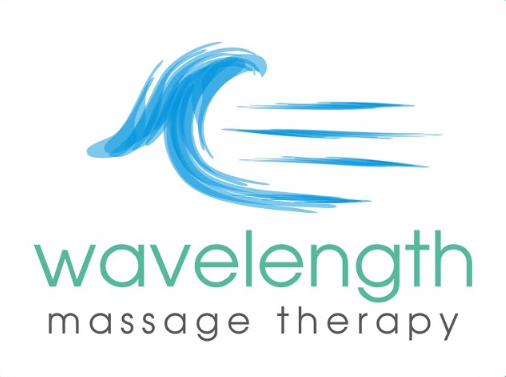For those who don’t know, TENS units (short for Transcutaneous electrical nerve stimulation) are little zappy things that stimulate your muscles. After they’ve been stimulated for a while, muscles automatically relax as part of the body’s effort to recover from the recent exertion. TENS units do that artificially via electrodes, which is why chiropractors, PTs, and massage therapists use them to help an overly-hypertonic or spasmed muscle to relax. I only bought my TENS unit recently. This is the model that I purchased from Amazon for about $30, which has several different settings and a dial on top to turn the voltage up or down, along with a manual that tells you how to use it safely. It requires a 9-volt battery, so while you can hurt yourself using it, you can’t do all that much damage even if you crank it up all the way; still, the smaller the area of the body that you’re applying the stimulation to, the lower the voltage you want to use. If you’re applying it to your trunk, like your lower back, you can maybe go up to a 3; on your hand, a 1. The trick is to start low and slowly crank up the voltage until you hit the spot you want to be at.
The best way to use a TENS unit, in my experience, is to put one electrode near one end of a muscle and the other at the other end. That way the current runs down the whole length of the muscle. Obviously, however, this depends on you knowing or being able to figure out the anatomical position of a muscle’s origin and insertion points.
So really, the layman’s best bet of using a TENS unit is to slap the electrodes on the general area that hurts (don’t let them touch each other!) and turn it on low. You won’t get the pinpointed stimulation of the muscles that will help you most, but it’ll still relax the general area, and it feels good, too. Sorta like a vibration.
I can’t speak to using it for menstrual pain, so I do encourage you to seek out additional resources before you give that a shot.
I hope this helped!

